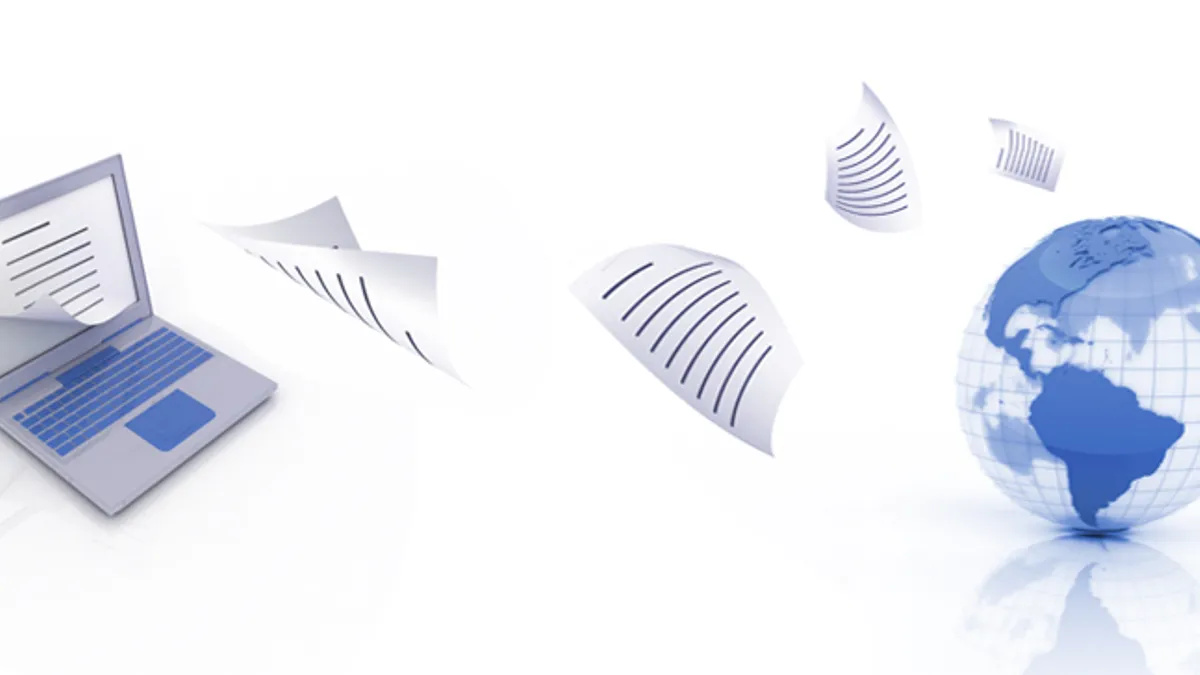More than 87 billion: That’s the number of packages sent globally last year in the 13 major countries tracked by the Pitney Bowes Parcel Shipping Index.
If you’re finding it a little hard to put that figure into context, it’s more than 2,700 per second, 24 hours a day, 7 days a week. For an entire year.
And as consumers purchase more goods online, international shipments are only going to keep growing. How much? Pitney Bowes estimates that by 2025, the number of parcels sent will hit 200 billion annually.
This explosive growth presents a tremendous opportunity for retailers. It also presents a colossal challenge for the supply chain and logistics businesses supporting ecommerce sellers.
High expectations
Customers expect free shipping, or at least low-cost shipping. They expect fast delivery, thanks to two-day and next-day shipments from one particular dominant retail giant. And they expect it all to be seamless.
Sellers want it to be seamless, too—even though many have no idea (nor do they really care) about what it takes to make all that happen. They don’t know about Harmonized System (HS) codes, how customs duties and import taxes are calculated, or that one classification misstep—even something as tiny as, say, using the HS code for a cotton shirt instead of the one for a silk shirt—can result in delays and additional fees.
But you know. And that’s why sellers turn to logistics partners like you to handle the details, especially the byzantine compliance regulations that come with cross-border sales.
A better way to classify products
Assigning HS codes to each and every product for each and every country can be time-consuming and expensive. Doing the process manually takes specialized knowledge of tariff codes and how to classify items using the General Rules of Interpretation (GRIs). Then there’s yet another challenge: finding and hiring the right talent.
Even when you get everything right, this inefficiency eats into profits. And if something goes wrong—if you don’t have the information to determine the correct code, for example, or if a single digit is entered incorrectly—the impact on your clients (and your business) can be significant. Items might be held up in customs, sellers could be subject to fines, and customers may be forced to pay additional duties. Fair or not, these outcomes can reflect poorly on you.
These risks were present when global shipping was just a fraction of what it is today. Now, with billions of packages moving around the world, the stakes are even higher.
Fortunately, just as technology has created a worldwide marketplace, it also has created opportunities to increase efficiencies in the supply chain. Thanks to automated solutions such as Item Classification from Avalara, it’s possible to classify products with greater efficiency and lower costs—giving you the ability to better serve your clients and enable them to reap the benefits of global trade.
Avalara Item Classification utilizes machine learning to evaluate each product’s composition, form, and function, and then applies that data to assign the right HS codes for the applicable country. This allows for an accurate determination of customs charges, making it easier for exporters to ship goods and importers to create customs entries.
Equally important, the process is fast—enabling shipments to go out with the speed that customers demand, while still leaving room for profitability and growth. Whether your business classifies thousands, tens of thousands, or even hundreds of thousands of products annually, automation from Avalara can help you keep up.
You want to do more than just keep up, of course, and the true benefit of Avalara Item Classification extends well beyond improved shipping: When you stop devoting valuable staff time to figuring out HS codes, you start freeing up human capital.
To learn more, visit our Item Classification page at avalara.com.










